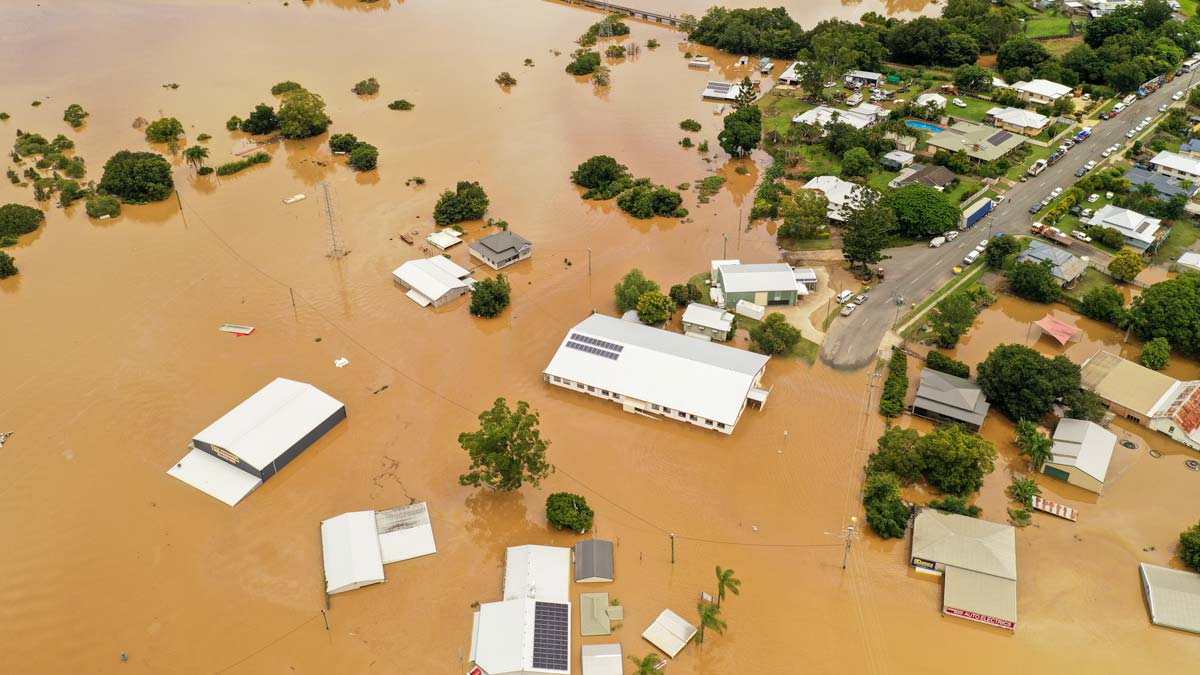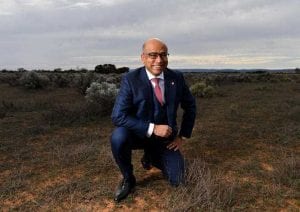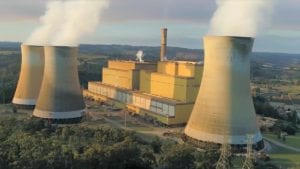Australia faces “cascading and compounding” impacts of climate change – through the increased frequency and severity of bushfires, droughts, floods and sea-level rise, a new UN-backed assessment has detailed.
On Monday, the Intergovernmental Panel on Climate Change released its latest assessment of the likely impacts of rising global temperatures, synthesising the best available science.
The Working Group II report – focusing on the predicted impacts of climate change and the need for countries to ramp up adaptation efforts – has issued a “dire warning about the consequences of inaction.”
In a sobering chapter dedicated to the expected climate change impacts on the Australasian region, the IPCC warned of “cascading, compounding and aggregate impacts on cities, settlements, infrastructure, supply-chains and services due to wildfires, floods, droughts, heatwaves, storms and sea-level rise.”
Both Australia and New Zealand are expected to experience growing weather extremes, leading to more intense bushfires, droughts, and flooding, potentially presenting a continuous risk to communities and ecosystems.
“More extreme fire weather is projected in southern and eastern Australia and over northern and eastern New Zealand. Heavy rainfall intensity is projected to increase, with more droughts over southern and eastern Australia and northern New Zealand,” the report says.
The report warns of the potential for the disruption of both ecological and human communities in low-lying coastal areas due to sea-level rise and increases in mortality of both people and wildlife across Australia due to heatwaves.
The latest report identifies nine critical risks for the region, which includes the loss and destruction of Australia’s coral reefs, the loss of biodiversity and tree populations across alpine areas, and the loss of significant kelp forests in southern Australia and southeast New Zealand due to warmer oceans.
Major reef systems, like the Great Barrier Reef, are already under stress and are expected to be decimated by even modest increases in global temperatures.
“Severe coral bleaching, together with declines in coral abundance have been observed in many small islands, especially those in the Pacific and Indian Oceans,” the report says.
“Above 1.5°C, globally inclusive of small islands, it is projected there will be further loss of 70–90% of reef-building corals, with 99% of corals being lost under warming of 2°C or more above the pre-industrial period.”
Lead Author on the Australia and New Zealand chapter, RMIT professor Lauren Rickards, said that Australia would increasingly need to respond to multiple concurrent threats caused by climate change.
“We have to deal with all of the impacts out once and they’re accumulating. So, there’s clear evidence that climate impacts are cascading and compounding across sectors and socio-economic and natural systems, often because of some of our infrastructural interdependencies,” Rickards said.
The IPCC report called on governments to shift from “reactive to anticipatory planning” for climate change adaptation and resilient development, including a focus on addressing the potential inequalities that may be exacerbated by climate change if vulnerable communities are not provided support to implement their own adaptation measures.
“We’re lucky here in Australia, we have a range of incremental and transformative adaptation options, many pathways are available, but we need to work together to start generating them, we need to start doing the groundwork to enable them,” Rickards added.
“So adaptation requires a whole lot of background work, to accelerate and sustain the sort of effective and fair adaptation.”
Such is the scale of the escalating risk posed by climate change, the IPCC identified that there is an additional risk of an “inability of institutions and governance systems to manage climate risks” as the impacts become overwhelming.
The report’s release comes as parts of Southeast Queensland and northern New South Wales experience catastrophic flooding, which has destroyed homes and caused multiple deaths.
The latest flooding is occurring around 12-months after communities across eastern Australia – an event also perplexingly described as a “one in 100-year” event – and are happening two years after the same communities were devastated by the ‘black summer’ bushfires.
Vice chair of the IPCC Working Group II, Director of the ANU Institute for Climate, professor Mark Howden, said the report underpinned the need for Australia to join rapid global action to reduce, and adapt to, the impacts of climate change.
“Climate change impacts are here, they matter, they are mostly negative but, if implemented, adaptation can take the edge off them,” Howden said.
“The latest IPCC report makes one thing crystal clear: adaptation policy, finance and practice have to be stepped up urgently if our systems are to keep pace with climate change. Adaptation action is a core foundation of sustainable development.“
“Simply put, adaptation is key to maintaining our health, our industries and our environment,” Howden added.
“We can learn from climate change adaptation actions around the globe, including those implemented by indigenous peoples and through indigenous knowledge, and invest in the research and development that will give us new and better ways to adapt together.”










